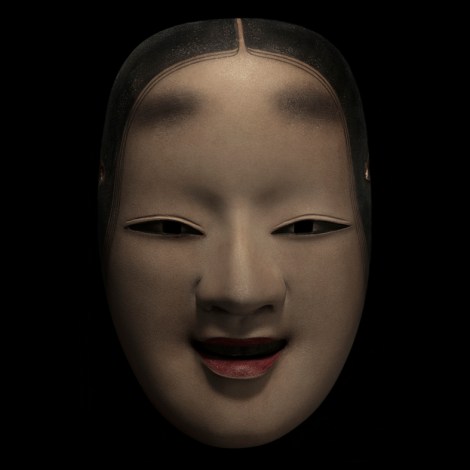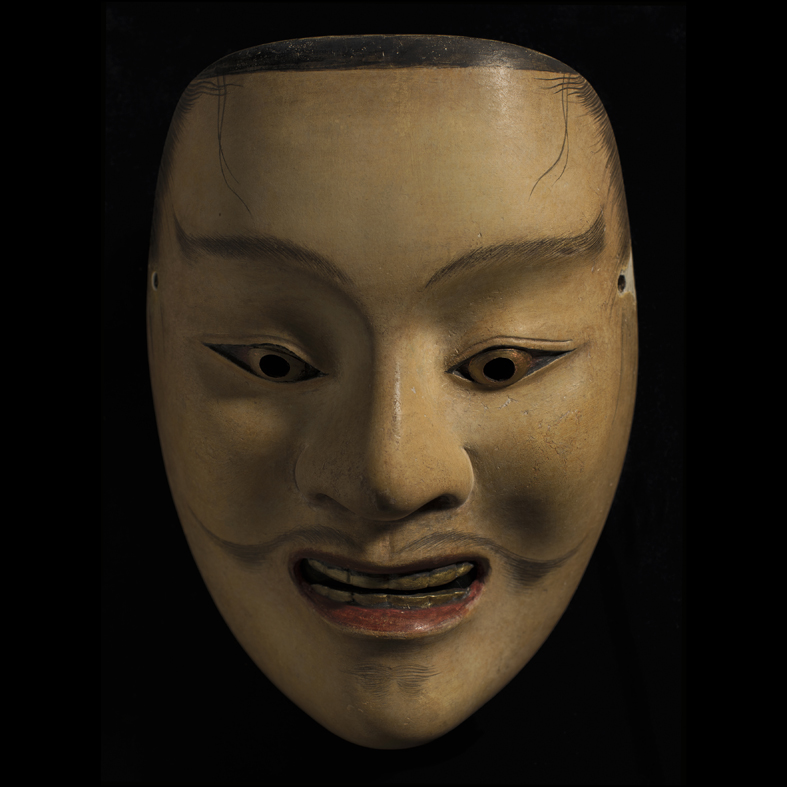This is just a quick reminder about the International Noh Institute’s 2023 Summer Intensive Program, scheduled to be held in Kyoto this July. After a long gap due to the pandemic, Japan has reopened its borders, and it is now possible to travel in and out of the country with relative ease. Please consider applying and/on pass on the information to those whom you think may be interested.

Call for participants – INI Kyoto Summer Intensive 2023
The INI – International Noh Institute is now accepting applications for its 2023 Summer Intensive Program
Who can apply?
Anyone interested in studying nō chant and/or dance. There is no age limit, and previous knowledge is not required. The course is taught by English-speaking Japanese instructors.
What will participants learn?
Participants will study nō dance and chant according to the Kongō school tradition, and learn about various aspects of nō performance, including masks and costumes. The training period will culminate with a public recital alongside professional actors on a nō stage located within a gorgeous Kyoto-style traditional townhouse.
How does training work?
Nō classes take place daily, in the morning, or in the early afternoon. Every day you will be coached by one of our instructors, and you will be encouraged to practice independently in preparation for the following class. (A day-to-day calendar will be announced after the selection is complete).
What makes studying with the INI unique?
The intimate environment in which lessons take place, reflecting the traditional nō training style, allows students to interact directly with the teachers. Lessons comprise both group work and one-to-one coaching.
For this 2023 edition of our Summer Intensive, the INI will collaborate with Discover Noh in Kyoto. Participants will be given the opportunity to explore Kyoto with a professional tour guide, discovering the deep connections between nō and the city.
Program highlights
- Train intensively in noh dance and chant.
- Practice in a small group for an immersive experience.
- Perform alongside professional actors.
- Watch noh performances on traditional stages.
- Visit noh-related historical locations.
- Experience living in the ancient capital, Kyoto.
Program details
- Training period : July 10-23, 2023
- Recital: July 23
- Fees: Regular ¥80,000 Student ¥60,000 (includes graduate students)
- Capacity: 6 participants
Fees include : Dance/chant lessons, materials, Kongō school nō fan, participation in the final recital, and a certificate of completion. Fees do not include: White tabi (split-toe socks), transportation, accommodation, and any other personal expenses.
Instructors: Udaka Tatsushige, Udaka Norishige (Kongō school actors), Udaka Keiko (nō mask carver)
Coordinator: Diego Pellecchia (Kyoto Sangyō University, Certified Kongō school instructor)
How to apply
- Send an email to ini.kyoto[at]gmail.com attaching the following documents:
- Your Curriculum Vitae
- A brief statement of interest (around 300 words)
Application deadline: May, 22nd 2023. Applicants will be notified of the outcome of their application by May, 29th 2023.
For more information about the program contact us.













